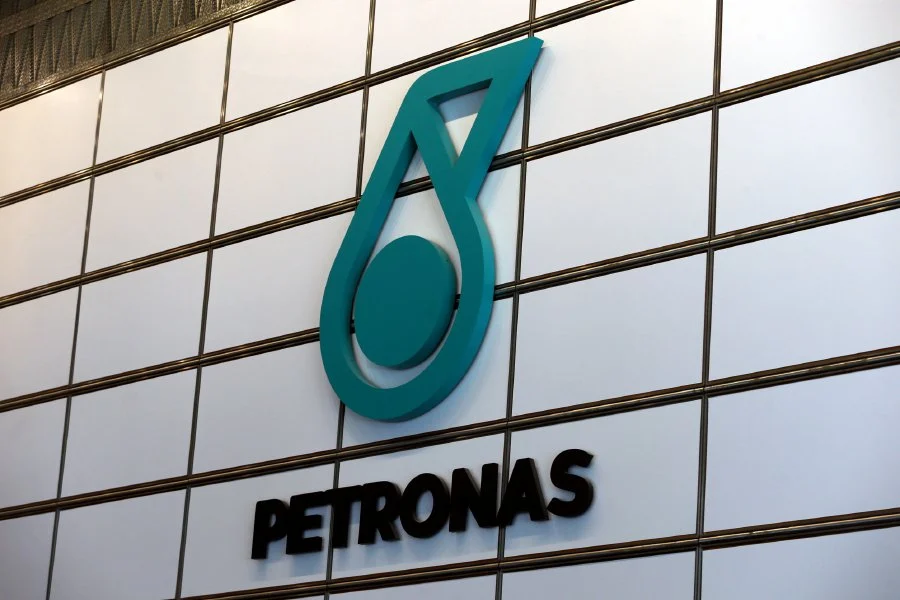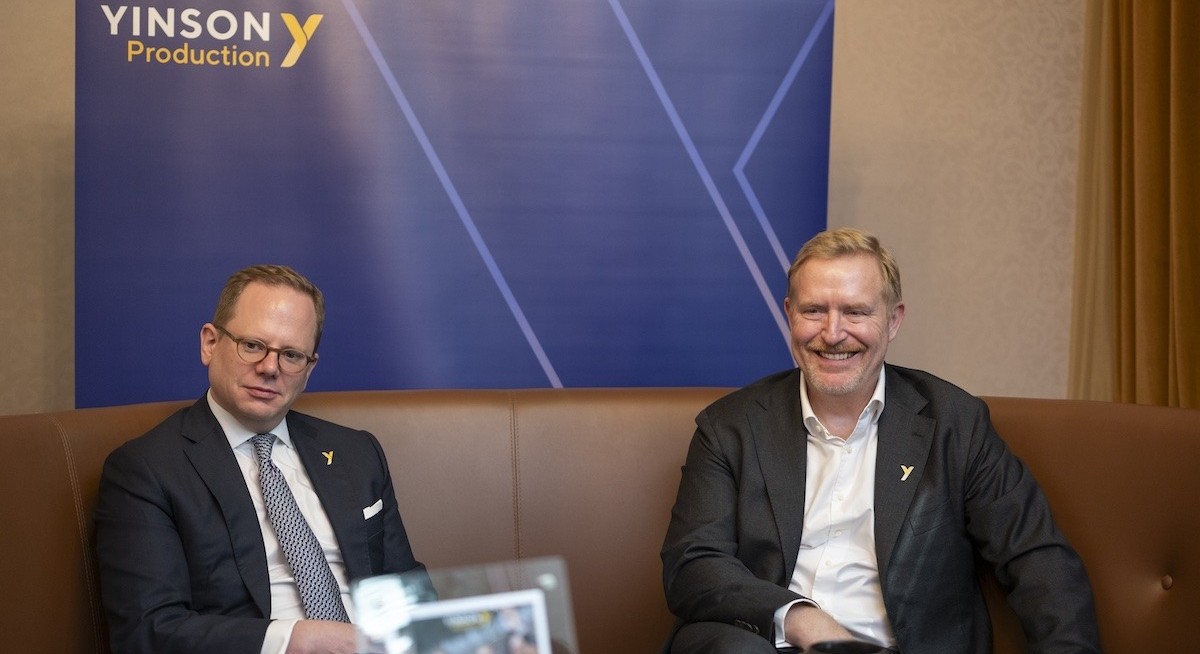KUALA LUMPUR, Petroliam Nasional Bhd (Petronas) has signed a 20-year agreement with Canada’s Pembina Pipeline Corporation for one million tonnes per annum (mtpa) of liquefaction capacity at the Cedar LNG project, marking a key step in expanding its global liquefied natural gas (LNG) portfolio.
In a statement, Petronas said the deal — structured as a synthetic liquefaction service agreement — will see Pembina provide both transportation and liquefaction capacity to Petronas LNG Ltd for two decades.

The partnership allows Petronas to secure an additional export channel for its substantial upstream investments in Canada, while providing Pembina with a stable, long-term revenue stream under a take-or-pay structure.
“The agreement reflects the shared commitment of both Pembina and Petronas to unlocking the long-term potential of Canadian LNG, bolstering energy security and advancing the transition towards cleaner fuels in Asia,” Petronas said.
Petronas Gas and Maritime Business vice-president of LNG marketing and trading Shamsairi M Ibrahim said the collaboration reinforces Petronas’s commitment to its Canadian investments and its efforts to strengthen its global LNG supply network.
“This partnership with Pembina and the Cedar LNG project underscores our role as an integrated energy company and demonstrates our dedication to responsibly monetise gas resources. It enhances supply diversity, improves reliability, and supports Asia’s growing demand for low-carbon energy solutions,” he added.
Pembina’s senior vice-president and corporate development officer Stu Taylor said the agreement highlights continued strong global demand for LNG export capacity.
“This partnership validates Cedar LNG’s strategic importance and showcases the advantages of Canadian West Coast LNG — from competitive feedstock pricing to shorter shipping routes to Asian markets. It also deepens our longstanding relationship with Petronas,” he said.
Pembina said it expects to finalise agreements for the remaining 0.5 mtpa of Cedar LNG’s capacity by the end of 2025.
The US$4 billion project remains on schedule and within budget, with commercial operations expected to begin in late 2028.






